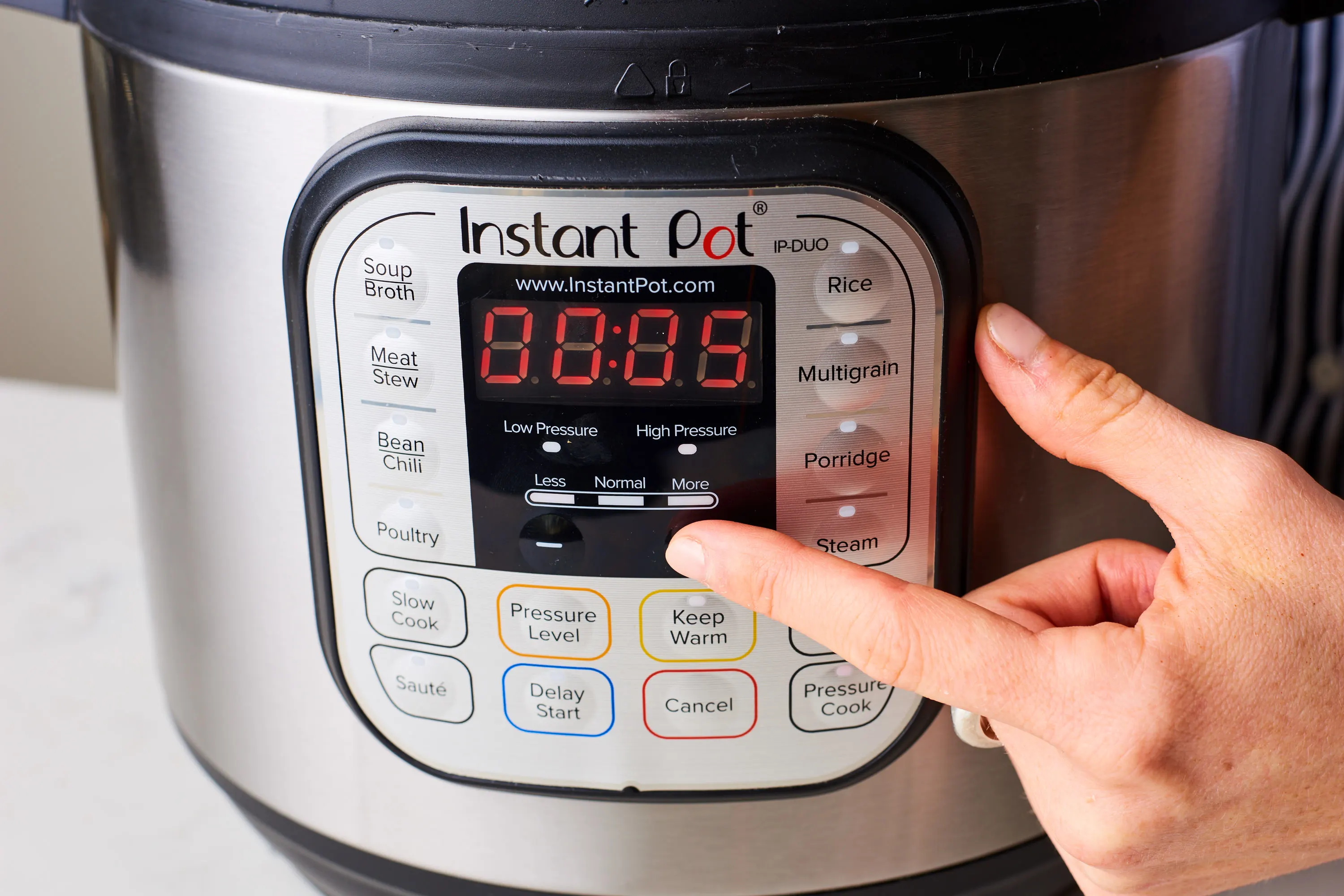

Articles
How To Use Instant Pot As A Rice Cooker
Modified: October 20, 2024
Discover the best tips and tricks on using your Instant Pot as a rice cooker. Read our informative articles for step-by-step guidance and delicious recipes.
(Many of the links in this article redirect to a specific reviewed product. Your purchase of these products through affiliate links helps to generate commission for Storables.com, at no extra cost. Learn more)
Introduction
The Instant Pot has become a popular kitchen appliance, revolutionizing the way we cook by combining the functions of multiple appliances into one. While it’s widely known for its ability to make delicious and quick meals, did you know that you can also use the Instant Pot as a rice cooker? That’s right – this versatile device can easily replace your traditional rice cooker and simplify your cooking process.
Using the Instant Pot as a rice cooker not only saves space in your kitchen but also allows you to take advantage of its many features, such as programmable settings and pressure cooking capabilities, to achieve perfectly cooked rice every time. In this article, we will explore the benefits of using the Instant Pot as a rice cooker and provide you with a step-by-step guide to help you make the most out of this appliance.
Whether you’re a seasoned Instant Pot user or new to the world of multi-cookers, learning how to use your Instant Pot as a rice cooker can be a game-changer in your kitchen routine. No more worrying about burnt or undercooked rice – with the Instant Pot, you can achieve fluffy, perfectly cooked rice with minimal effort. So, let’s dive in and discover the benefits of using the Instant Pot as a rice cooker, along with some helpful tips and tricks to ensure your rice turns out amazing every time.
Key Takeaways:
- Instant Pot as a rice cooker offers space-saving, time-saving, and consistent results. Its versatility and user-friendly interface make it a smart choice for hassle-free, perfectly cooked rice every time.
- Experiment with different grains, ratios, and cooking times to find your preferred taste and texture. With proper maintenance and troubleshooting, the Instant Pot can elevate your rice cooking skills to new heights.
Read more: How To Use Instant Pot Dehydrator
Benefits of Using Instant Pot as a Rice Cooker
Using your Instant Pot as a rice cooker offers several benefits that make it a worthwhile addition to your kitchen arsenal. Here are some of the top benefits:
- Space-saving: One of the biggest advantages of using the Instant Pot as a rice cooker is that it eliminates the need for a separate rice cooker, saving valuable counter and storage space. With the Instant Pot, you can enjoy the functionality of both a pressure cooker and a rice cooker in one appliance.
- Time-saving: The Instant Pot delivers on its promise of quick and efficient cooking. When using it as a rice cooker, you’ll be able to cook rice much faster compared to traditional stovetop methods. The Instant Pot’s pressure cooking feature allows for faster cooking times while ensuring that the rice is evenly cooked and fluffy.
- Consistent results: One challenge with cooking rice is achieving consistent results every time. With the Instant Pot’s precise temperature control and programmable settings, you can say goodbye to overcooked or undercooked rice. The appliance takes the guesswork out of cooking rice, delivering perfectly cooked grains with just the right texture and moisture.
- Versatility: The Instant Pot is known for its versatility, and it extends to its rice cooking function. While traditional rice cookers may only be able to cook rice, the Instant Pot can handle a wide variety of grains, including white rice, brown rice, basmati rice, quinoa, and more. This makes it a versatile option for all your rice cooking needs.
- Easy to use: Using the Instant Pot as a rice cooker is incredibly simple. With its user-friendly interface and intuitive controls, you can easily select the appropriate rice cooking setting, adjust the cooking time, and let the appliance do the rest. The Instant Pot also comes with a clear and informative user manual to guide you through the process.
- Multifunctionality: The Instant Pot is not just a rice cooker; it’s a multi-cooker that can also sauté, steam, slow cook, and even make yogurt. This means that with a single appliance, you can tackle a wide range of cooking tasks, making it a versatile addition to any kitchen.
With these impressive benefits, it’s clear that using the Instant Pot as a rice cooker is a smart choice. Not only does it save time, space, and effort, but it also ensures consistent and delicious results. Now that you know the advantages, let’s move on to the step-by-step guide on how to use your Instant Pot as a rice cooker.
Step-by-Step Guide to Using Instant Pot as a Rice Cooker
Using your Instant Pot as a rice cooker is a straightforward process. Follow these simple steps to achieve perfectly cooked rice:
- Measure the rice: Start by determining how much rice you want to cook. Use the measuring cup that came with your Instant Pot to measure the desired amount of rice. As a general rule, one cup of uncooked rice typically yields about two cups of cooked rice.
- Rinse the rice: Before cooking, rinse the rice under cold water to remove any excess starch. This step helps prevent the rice from becoming sticky or clumpy.
- Add water: The next step is to add water to the Instant Pot. Use the ratio of 1:1 for white rice (one cup of water for every cup of rice) or 1:1.25 for brown rice (one cup of water for every 1.25 cups of rice). Adjust this ratio according to your preferred rice texture.
- Select the rice cooking setting: After adding the water and rice, secure the lid on the Instant Pot and make sure the pressure release valve is set to the sealing position. Depending on your Instant Pot model, select the appropriate rice cooking setting. This can vary from “Rice” to “Multigrain” or “Manual.”
- Set the cooking time: Once you’ve selected the rice cooking setting, adjust the cooking time. For white rice, set the cooking time to 3-5 minutes. For brown rice, set it to 20-25 minutes. Keep in mind that these cooking times can vary depending on the type and quantity of rice you’re cooking.
- Start the cooking process: Press the “Start” button on your Instant Pot, and the rice cooking process will begin. The Instant Pot will take some time to come to pressure before the actual cooking begins. Once the cooking time is complete, the Instant Pot will beep, indicating that the rice is ready.
- Natural release vs. quick release: After the cooking is finished, you can choose between natural release and quick release. Natural release means letting the Instant Pot naturally release the pressure over time, which can take around 10-15 minutes. Quick release involves carefully turning the pressure release valve from sealing to venting to release the pressure quickly. For rice, the choice between natural or quick release depends on personal preference.
- Fluff and serve: Once the pressure is released, carefully open the Instant Pot lid, and use a fork to fluff the cooked rice. Serve it immediately as a delicious side dish or as a base for other meals.
With this step-by-step guide, you can confidently use your Instant Pot as a rice cooker and enjoy perfectly cooked rice every time. However, there are a few additional tips and tricks that can help you achieve even better results, which we’ll explore in the next section.
Tips for Perfect Rice Using Instant Pot
To ensure that your rice turns out perfectly cooked and fluffy when using the Instant Pot as a rice cooker, consider the following tips:
- Use the right rice-to-water ratio: The rice-to-water ratio is crucial for achieving the desired rice texture. While the standard ratio is 1:1 for white rice, you may need to adjust it slightly depending on your preference. Experiment with different ratios to find the perfect balance.
- Soak the rice (optional): Soaking the rice before cooking can help improve its texture and reduce cooking time. If you have time, soak the rice in water for 15-30 minutes before cooking it in the Instant Pot.
- Let the rice rest: After the cooking process is complete, allow the rice to rest in the Instant Pot with the lid on for 5-10 minutes. This helps the rice to fully absorb the moisture and results in fluffier rice.
- Fluff the rice properly: To achieve light and fluffy rice, use a fork to gently fluff the rice after it’s done cooking. This helps separate the grains and prevents clumping.
- Keep the lid sealed: It’s important not to open the Instant Pot lid during the cooking process. Opening the lid can disrupt the cooking cycle and lead to unevenly cooked rice.
- Adjust cooking time for different rice types: Different types of rice require different cooking times. For example, brown rice typically takes longer to cook than white rice. Refer to the cooking instructions for the specific type of rice you are using and adjust the cooking time accordingly.
- Consider using the rice function: If your Instant Pot has a specific rice function, use it. The rice function is optimized for cooking rice, ensuring better results compared to using the manual or pressure cook settings.
- Experiment with different grains: Don’t be afraid to try cooking other grains in the Instant Pot, such as quinoa, basmati rice, or wild rice. Each grain may require a slightly different water ratio and cooking time, so be prepared to adjust accordingly.
- Take note of your preferences: As you experiment with cooking rice in your Instant Pot, make a note of the rice-to-water ratio, cooking time, and any adjustments you make. This will help you replicate your preferred rice texture and consistency in future cooking sessions.
By following these tips, you’ll be well on your way to achieving perfect rice using your Instant Pot. Remember, practice makes perfect, so don’t be discouraged if your first attempts aren’t flawless. With a bit of experience and experimentation, you’ll become a rice-cooking pro in no time!
When using the Instant Pot as a rice cooker, always use the correct rice to water ratio. For white rice, use a 1:1 ratio, and for brown rice, use a 1:1.25 ratio. This will ensure perfectly cooked rice every time.
Adjusting Cooking Time and Water Ratio for Different Types of Rice
Cooking different types of rice in your Instant Pot may require adjustments to the cooking time and water ratio to achieve the best results. Here are some general guidelines for cooking common types of rice:
- White Rice: For white rice, the standard water-to-rice ratio is 1:1. However, depending on your preference for softer or firmer rice, you can adjust the ratio slightly. As for the cooking time, set it to 3-5 minutes on high pressure.
- Brown Rice: Brown rice requires more water and a longer cooking time compared to white rice. The water-to-rice ratio for brown rice is generally 1:1.25. Set the cooking time to 20-25 minutes on high pressure for perfectly cooked brown rice.
- Basmati Rice: Basmati rice is a long-grain rice with a unique flavor and aroma. Use a 1:1 water-to-rice ratio for basmati rice and adjust the cooking time to around 4-6 minutes on high pressure.
- Jasmine Rice: Jasmine rice has a delicate fragrance and is commonly used in Asian cuisine. Use a water-to-rice ratio of 1:1 and set the cooking time to 4-5 minutes on high pressure for jasmine rice.
- Wild Rice: Wild rice has a nutty flavor and chewy texture. It requires more water and a longer cooking time compared to white rice. Use a water-to-rice ratio of 1:3 and set the cooking time to 25-30 minutes on high pressure for wild rice.
- Quinoa: Quinoa is a versatile grain packed with nutrients. Rinse quinoa well before cooking to remove its natural bitterness. Use a water-to-quinoa ratio of 1:1 and set the cooking time to 1 minute on high pressure, followed by a natural release for 10 minutes.
These suggested cooking times and water ratios are a starting point, and you can adjust them based on your personal preference and the specific characteristics of your rice. Keep in mind that factors such as altitude and the age of rice grains can also affect cooking times, so it may require some trial and error to find your perfect balance.
Always consult the specific recommendations provided on the packaging of your rice or refer to reputable sources for more precise cooking instructions. With a bit of practice and experimentation, you’ll become confident in adjusting the cooking time and water ratio for different types of rice in your Instant Pot.
Read more: How To Store Instant Pot
Cleaning and Maintenance of Instant Pot Rice Cooker
Proper cleaning and maintenance of your Instant Pot rice cooker is crucial to ensure its longevity and optimal performance. Here are some important tips to keep in mind:
- Unplug and Cool Down: Before cleaning your Instant Pot rice cooker, always unplug it from the power source and allow it to cool down. This helps prevent any potential accidents or burns.
- Remove and Clean the Inner Pot: The inner pot of the Instant Pot is removable and dishwasher-safe, making it easy to clean. Simply remove it from the cooker and wash it with warm, soapy water. You can also clean it in the dishwasher if preferred.
- Wipe the Exterior: Use a damp cloth or sponge to wipe the exterior of the Instant Pot rice cooker. Avoid using abrasive cleaners or scrub brushes that could damage the surface.
- Clean the Lid and Sealing Ring: The lid and sealing ring can accumulate residue over time. Clean them using warm, soapy water and a soft brush or sponge. Ensure that all food particles and residue are removed to prevent any odors or contamination.
- Check the Valve and Float Valve: The pressure release valve and float valve are critical components of the Instant Pot rice cooker. Ensure that they are clean and functioning properly. Use a small brush or toothpick to remove any debris or buildup that may be blocking them.
- Inspect the Cord and Plug: Regularly check the power cord and plug for any signs of damage. If you notice any fraying, cracking, or exposed wires, discontinue use and have them repaired or replaced by a professional.
- Store Properly: When not in use, store your Instant Pot rice cooker in a cool, dry place. Avoid stacking heavy objects on top of it to prevent any potential damage.
- Regular Maintenance: Perform routine maintenance to keep your Instant Pot rice cooker in top shape. This may include cleaning the steam release valve, replacing the sealing ring if required, and checking the overall functionality of the cooker.
- Refer to the User Manual: Always follow the specific cleaning and maintenance instructions provided in the user manual of your Instant Pot rice cooker. It contains important information and guidance to ensure safe and effective use of the appliance.
By following these cleaning and maintenance steps, you can extend the lifespan of your Instant Pot rice cooker and enjoy delicious rice for years to come. Additionally, proper maintenance ensures that your rice cooker operates safely and efficiently, providing you with peace of mind in the kitchen.
Remember to always prioritize your safety and follow the manufacturer’s instructions for cleaning and maintaining your specific model of the Instant Pot rice cooker.
Troubleshooting Common Rice Cooking Issues with Instant Pot
While the Instant Pot makes cooking rice a breeze, occasional issues may arise. Here are some common rice cooking problems you might encounter with your Instant Pot and how to troubleshoot them:
- Burnt Bottom: Sometimes, rice can stick to the bottom of the Instant Pot and burn. To prevent this, ensure that you properly rinse the rice before cooking and evenly distribute it in the inner pot. Additionally, make sure you have enough liquid (water or broth) in the pot, as insufficient liquid can lead to burning. If you notice burnt rice, gently scrape the bottom of the inner pot, excluding the burnt portion, and transfer the remaining rice to a separate container.
- Undercooked or Overcooked Rice: If your rice is turning out undercooked or overcooked, it may be due to incorrect ratios or cooking times. Double-check the rice-to-water ratios and adjust as needed. For undercooked rice, increase the cooking time slightly, and for overcooked rice, decrease the cooking time. Keep in mind that these adjustments may require some trial and error to achieve the desired results.
- Moisture Condensation: If you notice excess moisture or condensation in the Instant Pot after cooking, it may be due to the use of too much liquid or not allowing the pressure to fully release before opening the lid. To avoid excessive moisture, reduce the water ratio slightly and ensure you perform a complete natural release or quick release before opening the lid.
- Inconsistent Texture: Inconsistency in rice texture can be caused by using different types or brands of rice, each with its own cooking requirements. Experiment with different brands and adjust the water ratio and cooking time accordingly. Also, be sure to measure the rice and liquid accurately for consistent results.
- Foaming: Sometimes, rice can foam while cooking, which can cause the Instant Pot to release excess steam. This often happens when the pot is filled too close to the maximum capacity. To prevent foaming, avoid filling the pot beyond the recommended fill line and ensure proper rinsing of the rice before cooking.
- Sealing Issues: A common issue is the Instant Pot not sealing properly, resulting in steam leakage. Ensure that the sealing ring is properly seated and free of any debris. Clean the sealing ring regularly to maintain its effectiveness. If the problem persists, check that the float valve is clean and moves freely.
- Erratic Timer: If you encounter issues with the cooking timer, such as it not starting or counting down correctly, reset the timer and ensure that the lid is properly secured. If the problem persists, consult the user manual or reach out to Instant Pot customer support for assistance.
By troubleshooting these common rice cooking issues, you can overcome challenges and achieve better results with your Instant Pot. Remember that each issue may have multiple potential causes, so it may require some troubleshooting to identify and resolve the problem.
Don’t be discouraged by initial setbacks—experimentation, practice, and paying attention to the details will help you become more adept at using your Instant Pot rice cooker to cook perfect rice consistently.
Conclusion
Using your Instant Pot as a rice cooker not only saves space and time but also allows for consistent, perfectly cooked rice. With its versatile features and programmable settings, the Instant Pot provides the convenience and precision needed to achieve delicious rice every time.
In this article, we explored the benefits of using the Instant Pot as a rice cooker, including its space-saving design, time-saving capabilities, and versatile functionality. We provided a step-by-step guide on how to use the Instant Pot as a rice cooker, outlining important considerations such as rice measurement, water ratios, cooking settings, and release methods.
We also shared valuable tips for achieving perfect rice using the Instant Pot, including adjusting cooking times and water ratios for different types of rice, proper cleaning and maintenance, and troubleshooting common rice cooking issues. By following these guidelines, you can enhance your rice cooking skills and enjoy consistently delicious results.
Remember to experiment with different grains, ratios, and cooking times to find your preferred taste and texture. The more you practice, the better you’ll understand your Instant Pot and its capabilities.
Whether you’re a seasoned Instant Pot user or new to the world of multi-cookers, using your Instant Pot as a rice cooker is a game-changer. It simplifies the cooking process, helps you achieve perfect results, and expands the versatility of your Instant Pot. Say goodbye to burnt or undercooked rice and embrace the ease and convenience of using the Instant Pot as your go-to rice cooker.
So, next time you’re craving a bowl of fluffy rice, reach for your Instant Pot and enjoy the simplicity and deliciousness it brings to your kitchen. Happy cooking!
Frequently Asked Questions about How To Use Instant Pot As A Rice Cooker
Was this page helpful?
At Storables.com, we guarantee accurate and reliable information. Our content, validated by Expert Board Contributors, is crafted following stringent Editorial Policies. We're committed to providing you with well-researched, expert-backed insights for all your informational needs.
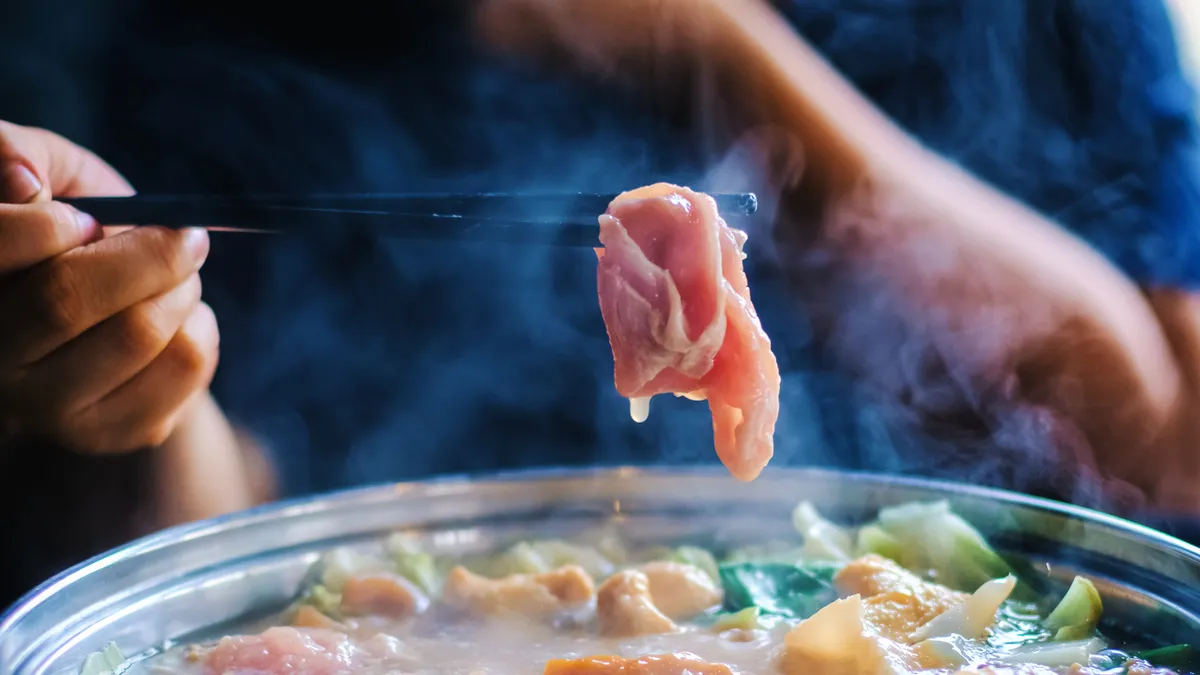
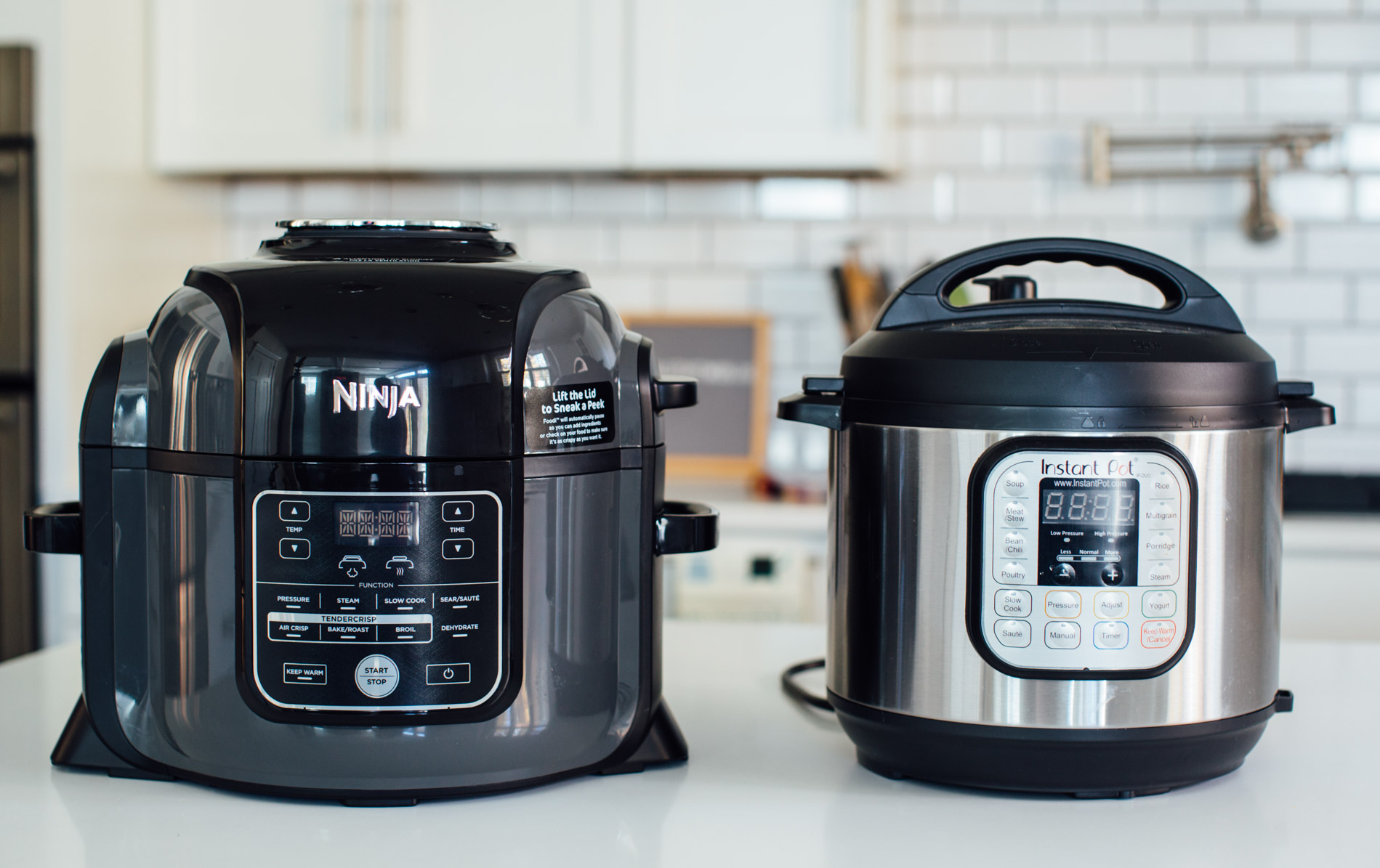
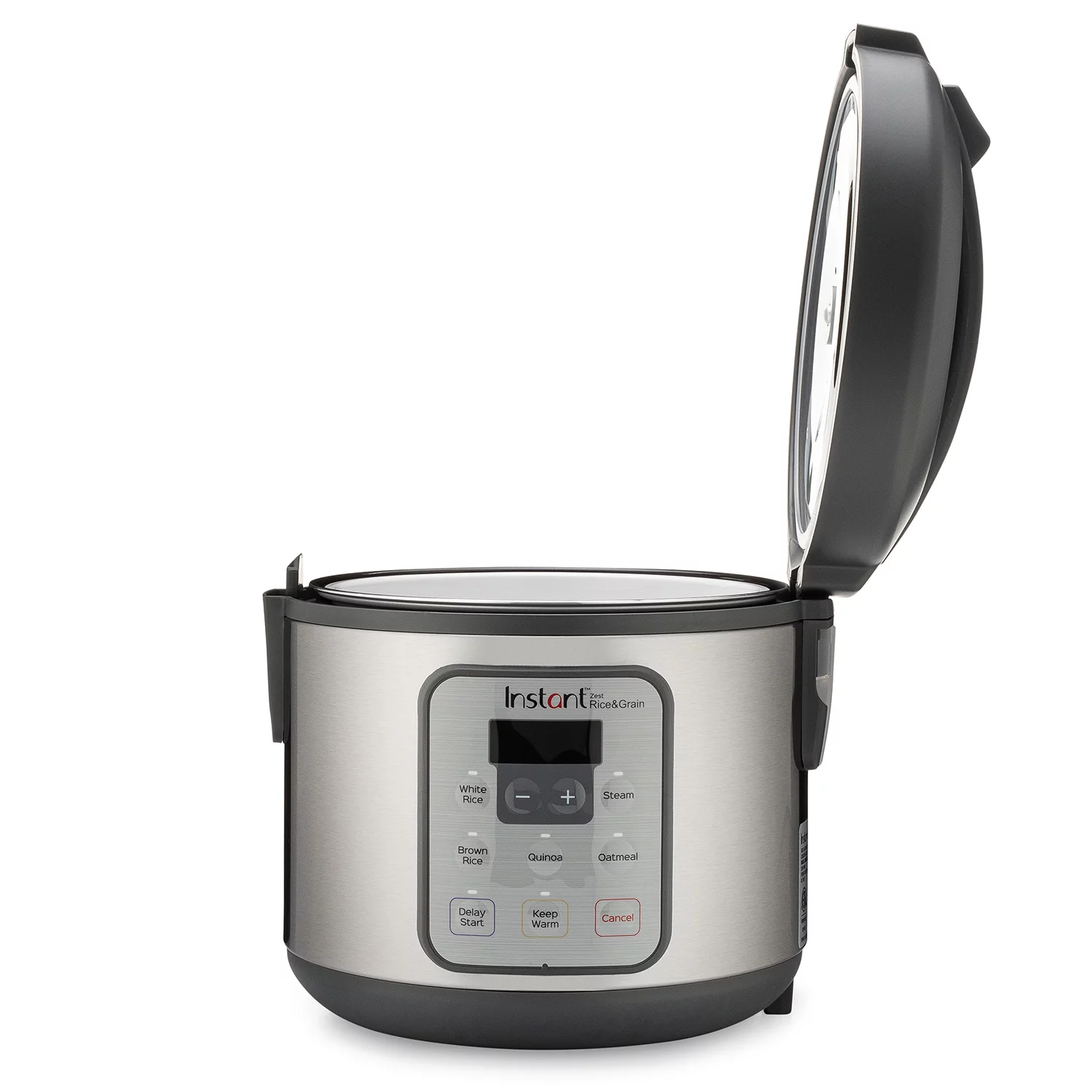
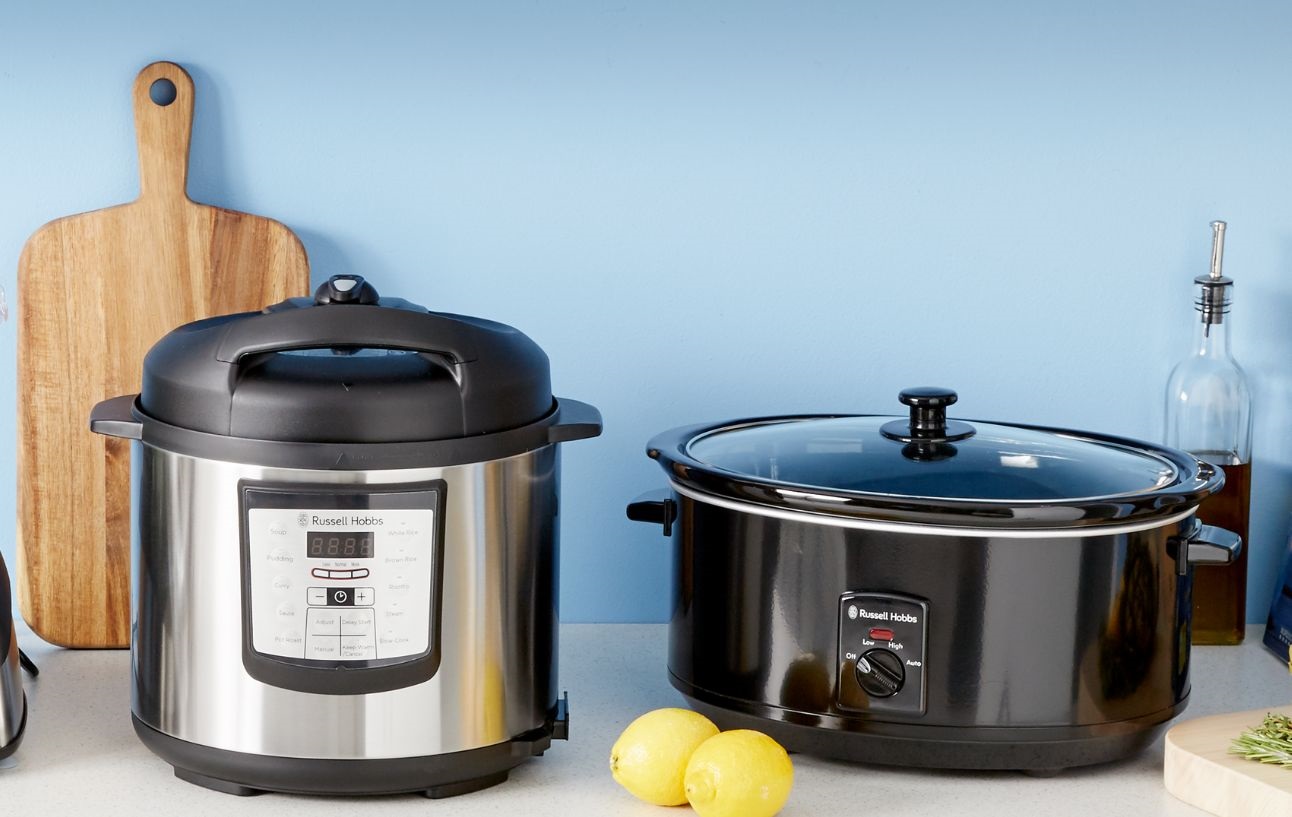

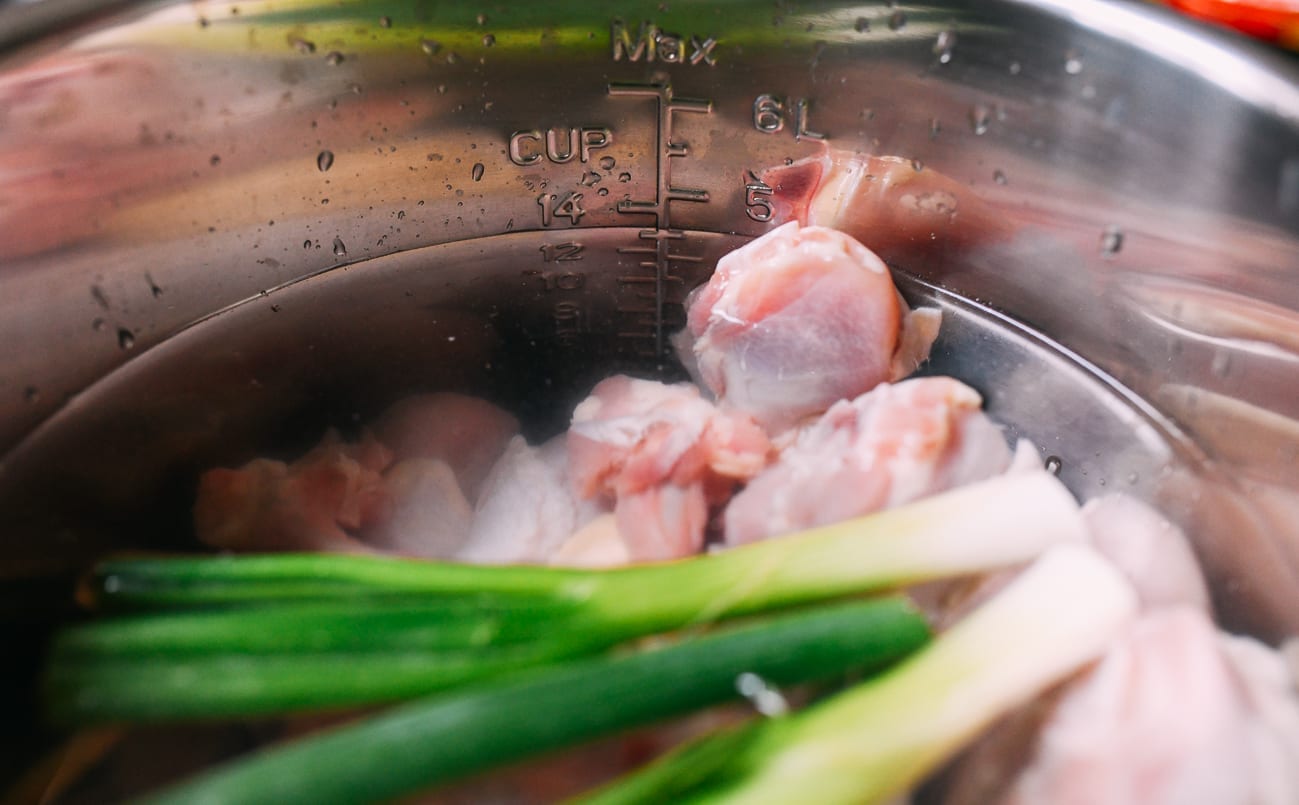
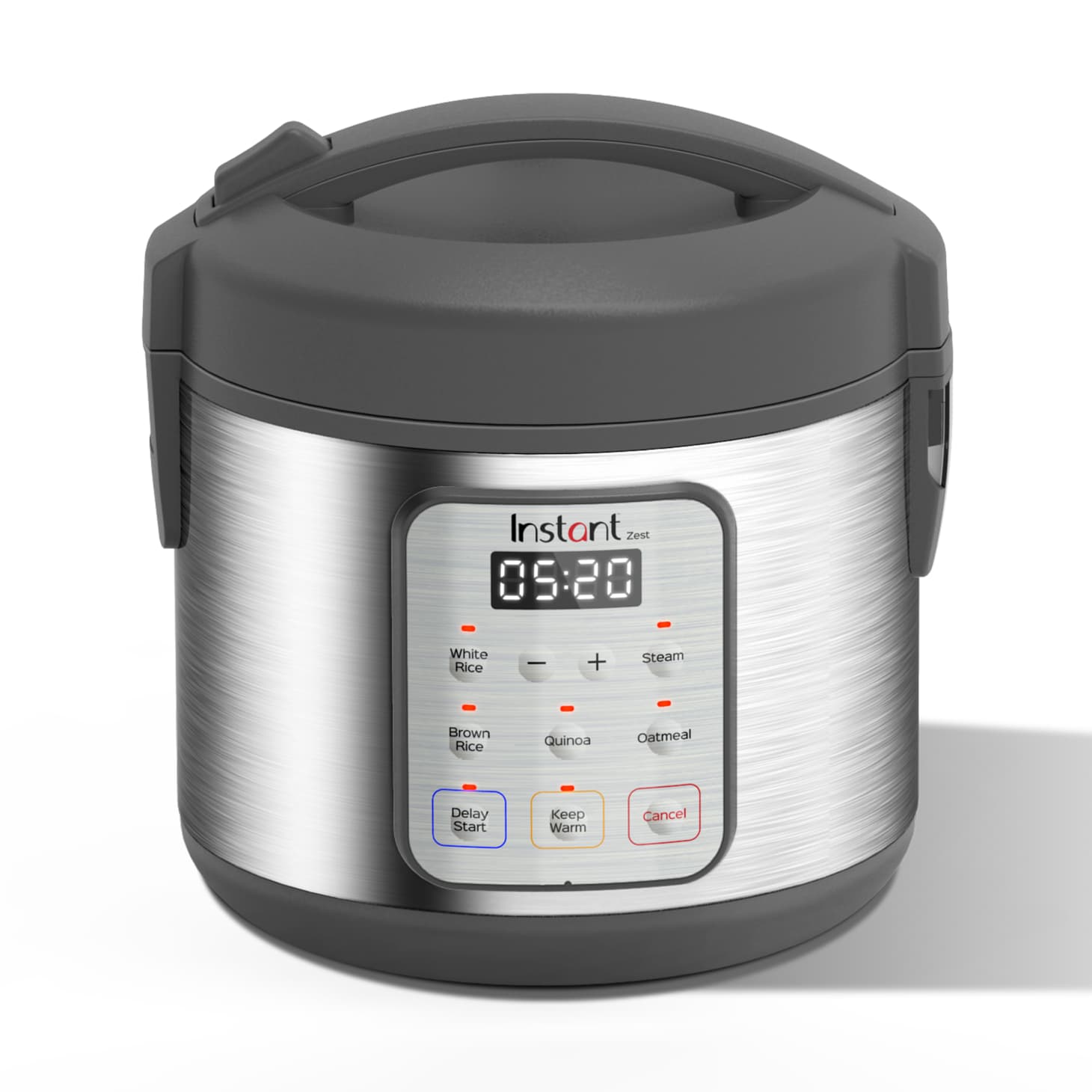
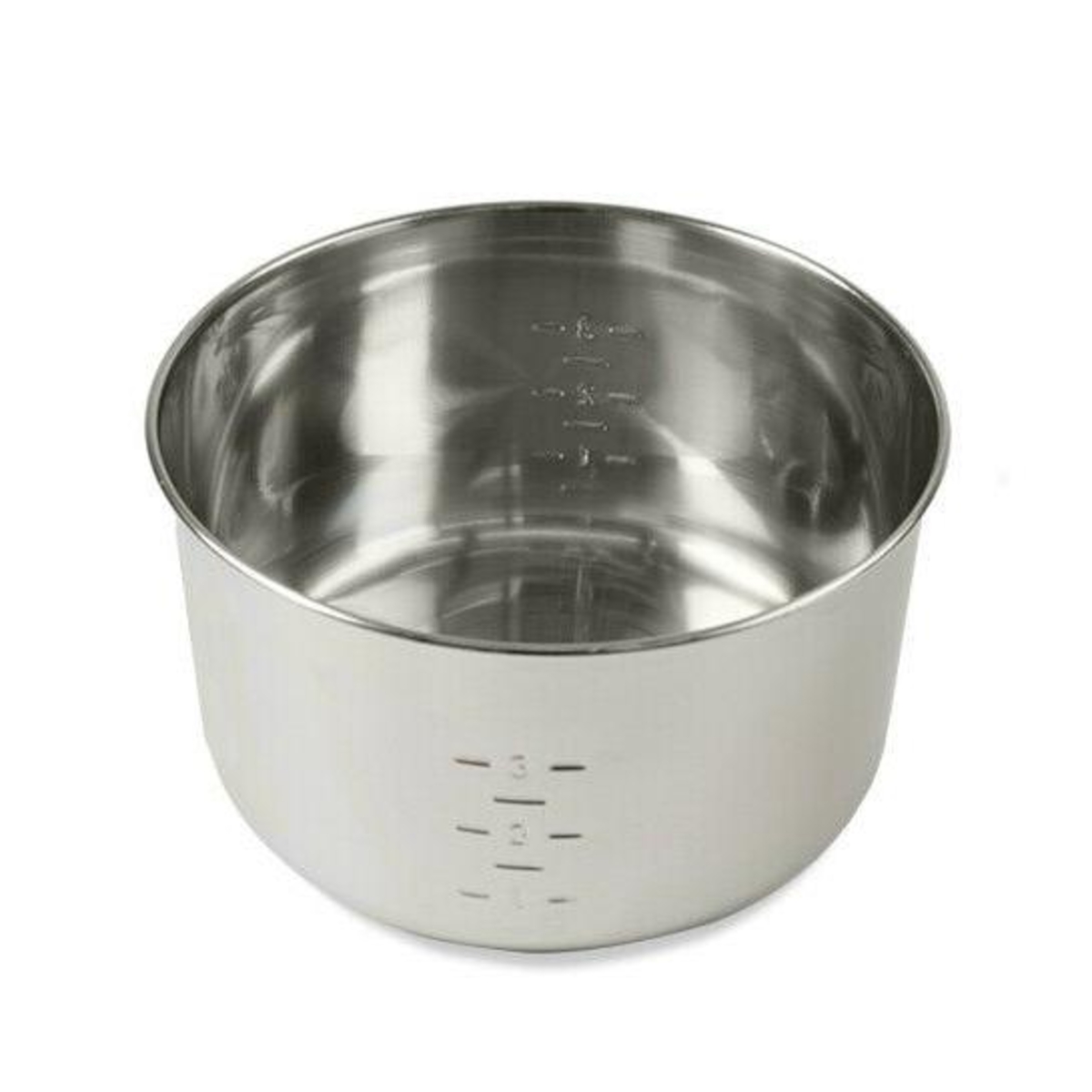
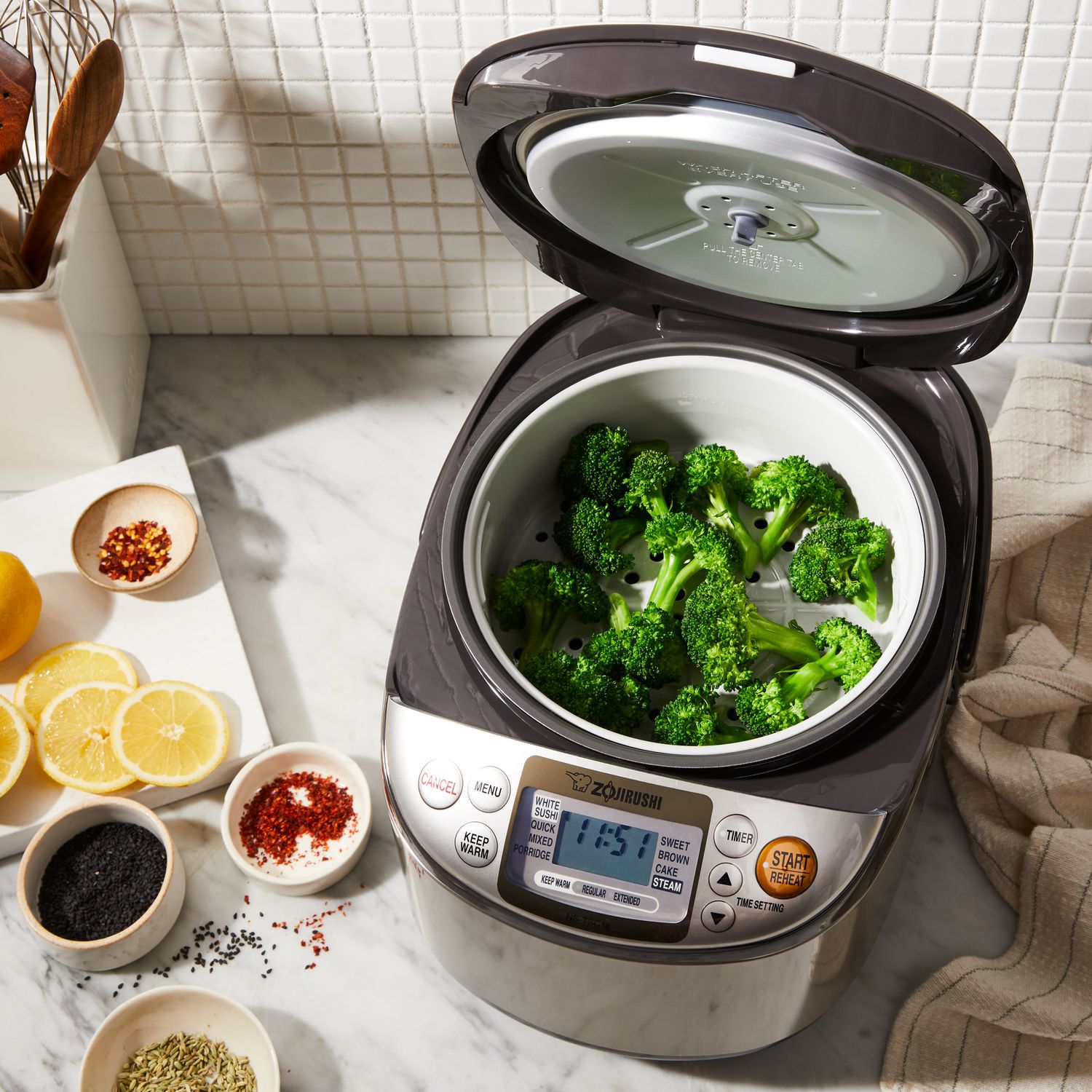
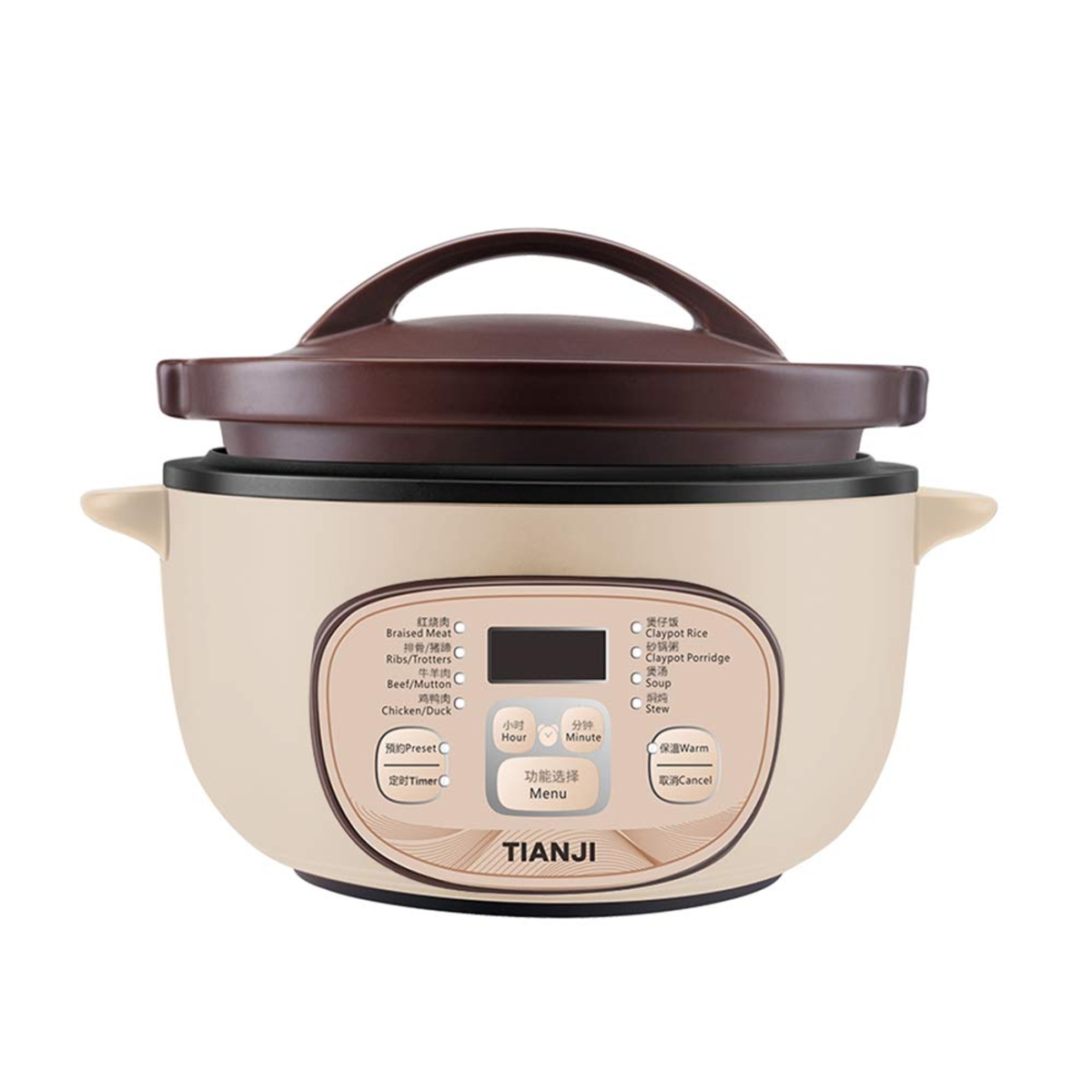
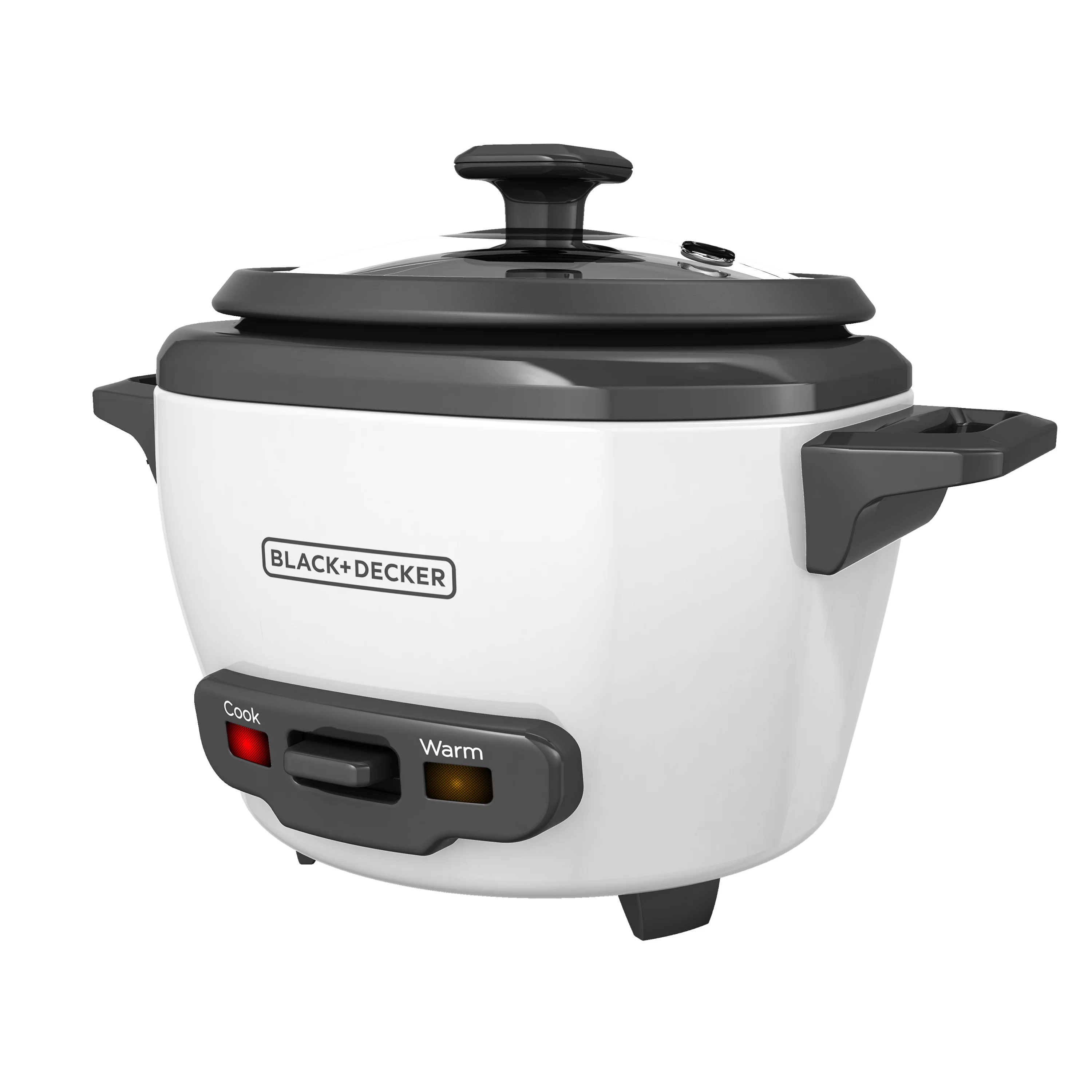

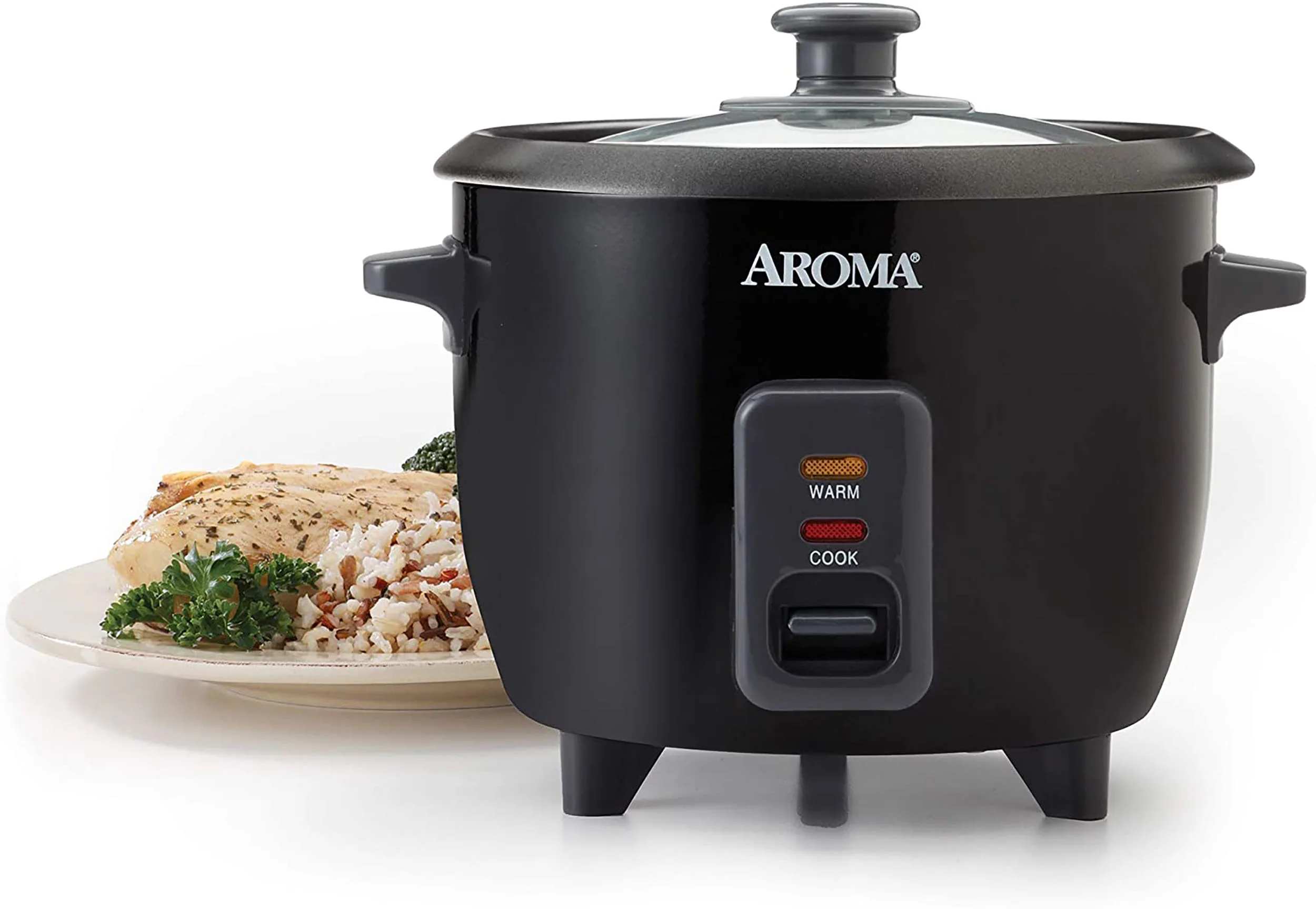
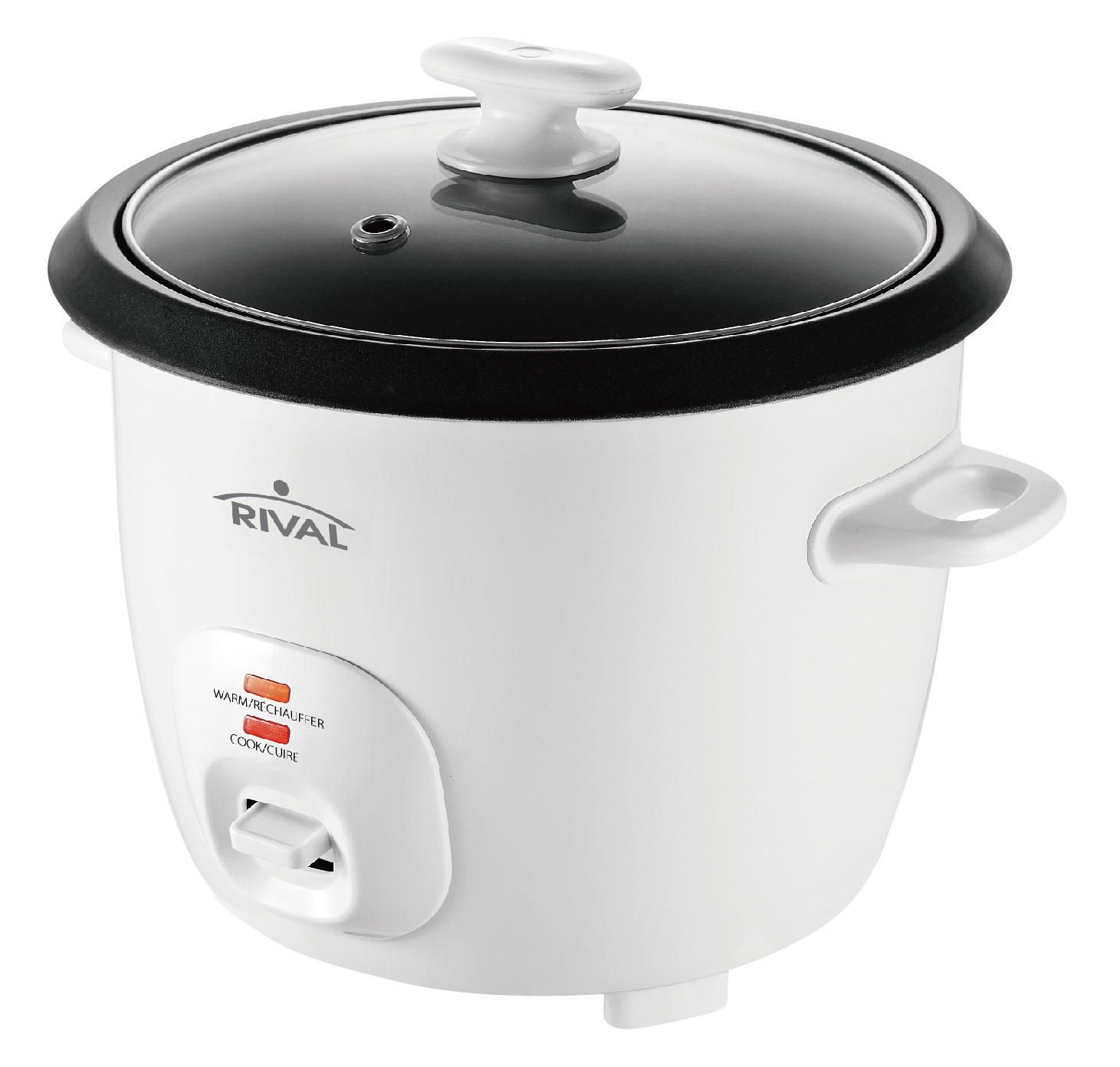

0 thoughts on “How To Use Instant Pot As A Rice Cooker”